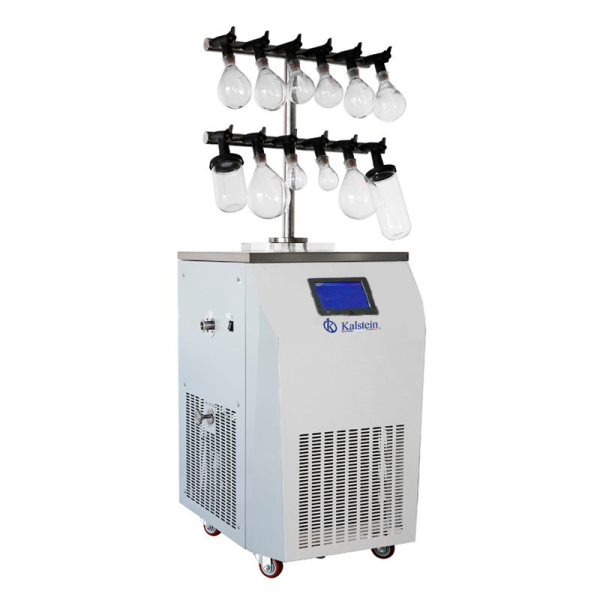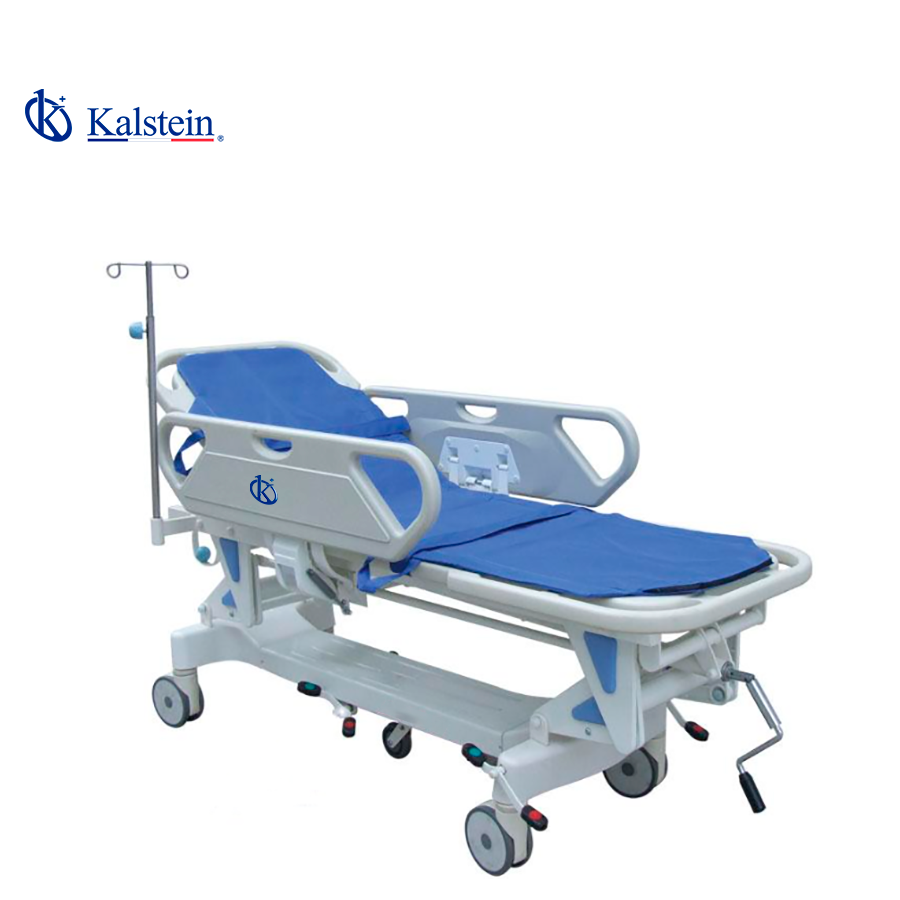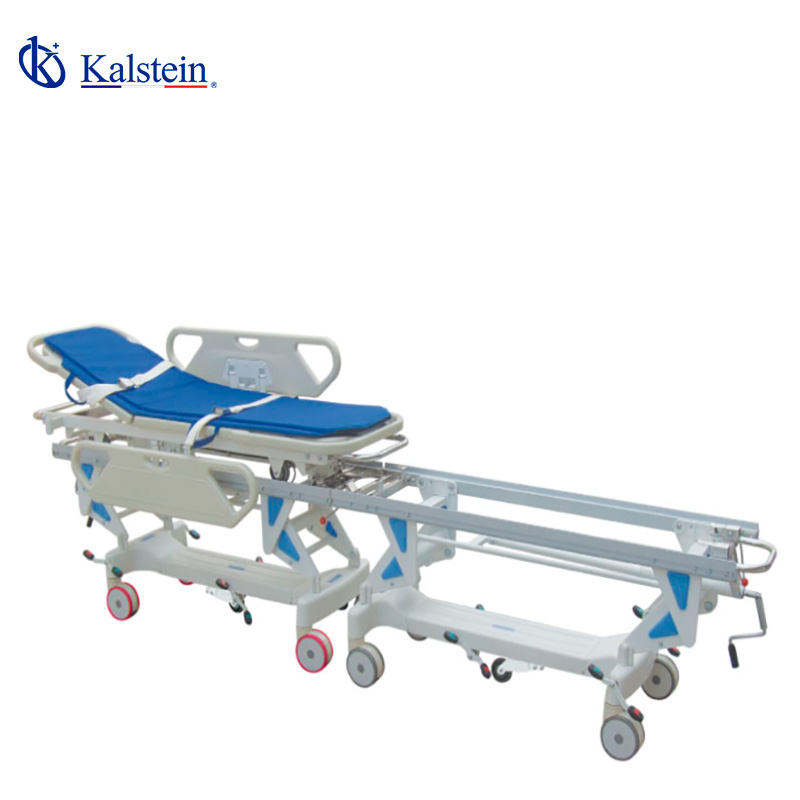It is a method of stabilizing a product by vacuum drying and then freezing, removing the water present by sublimation and desorption, in such a way that there is no change in its basic structure or chemical composition, and the likelihood of reaction between its components and microbiological growth is minimized. This procedure is also called Freeze-drying and the finished product is characterized by being a solid, fragile network with high porosity, and soluble in water. This technology is mainly used to remove water from sensitive assets or biological products, without causing damage to their molecular structure.
Freeze-drying is a technique that can be applied in a variety of cosmetics. Today, these products range from moisturizing powder ampoules to egg yolks and whites used as a base for cosmetics. After lyophilization, storage is another essential part, so that at the time of its use can be reconstituted by adding water again, keeping the properties intact. It is a method that can be used for a wide variety of products, however, not all active agents are lyophilized, the matter with high water and oil contents are not suitable for this type of procedure.
Advantages of cosmetic product freeze dryers
- Appearance: Freeze-dried cosmetic products can be presented in powders that are eventually dissolved in water and retain their molecular structure. Freeze-drying does not change the chemical structure, but rather preserves both its sensory and chemical properties. Once rehydrated, a product with similar characteristics to the original is achieved.
- Storage: Lyophilized products are stored for long periods. If stored correctly they can be kept for years maintaining the quality of the product. Even after that expiry period, chemical assets could remain safe if they have not been dissolved.
- Chemical physical value: the lyophilization is able to preserve more than 95% of the chemical physical properties without altering them. Lyophilization helps to prevent loss of the organoleptic properties of the active agent.
- Weight and space: by removing water the weight of the product becomes light. In addition, the freeze-drying requires little space, thus allowing many more to be stored.
- Practicality: provides low loss of product activity, easy reconstitution, enables sterile manufacturing, and accurate dosing.
How is lyophilization done?
Freeze-drying is a process of stabilizing a product, in which it is dried under vacuum by freezing it and removing the water present by sublimation and desorption. It is performed at temperatures between 10 and 15 ºC below zero, and consists of three main stages:
- Initial Freezing: Nucleation and supercooling occur at this stage. The minimum temperature in the case of crystalline solutions shall be below eutectic temperature, or in the case of amorphous solutions below glass transition temperature.
- Primary drying: This is where the sublimation process takes place, where most of the free water is steamed. This is worked under controlled pressure and there are different sources of heat transfer.
- Secondary drying: in this last stage, the unfrozen water is desorbed, so that traces of water not bound to the product are removed with the aid of a vacuum pump.
Types of lyophilizers
At commercial level there are basically two types of lyophilizers:
- Manifold type lyophilizer: it is a lyophilizer which has suitable containers where the lyophilisate remains in a state of freezing under vacuum in conditions of low pressure and low temperature.
- Tray type lyophilizer: where the product is placed in trays or directly on a shelf, which begin the sublimation stage providing temperature either by conduction and radiation; for the latter can be presented by discontinuous flow or by continuous flow.
At Kalstein we offer you freeze-drying equipment designed specifically to meet processes with high-level requirements, such as the development and production of cosmetics. For PURCHASE, SALE, or PRICE information, contact us on our website: HERE



